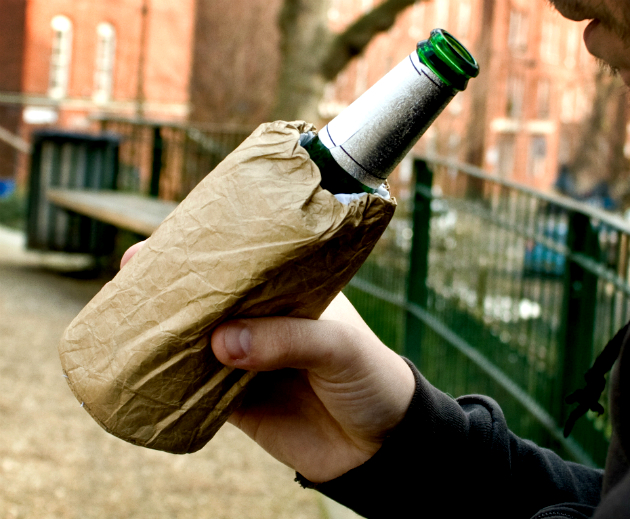
Drug abuse is one of the major causes of homelessness. Surveys show that drug use is much more common among the homeless than the general population. Among those on the street, 38% are dependent on alcohol, while another 26% struggle with other drugs.
A Vicious Cycle
In many situation, substance abuse is the result of homelessness, as people turn to drugs to cope with their situation and temporarily escapes their problems. However, this only exacerbates the issues and makes it harder for them to find stable employment and get off the street.
Breaking a drug addiction is hard for anyone, much more for drug abusers who are homeless. Firstly, this stems from a lack of incentive. For them, survival takes a higher priority than finding drug counseling. Secondly, many homeless people are estranged from their families. Without the social support from people who are close to them, they have a hard time recovering from substance abuse. Even when they manage to break their addiction, maintaining sobriety might be difficult in an environment where substances are so commonly used.
What could be Done
It is true that many homeless people also have problems with drugs. However, we should not let these numbers paint an incomplete vision about an entire population. After all, there are homeowners with stable income who face drugs issues as well as homeless people who are drug free. Yet, homelessness cannot be solved without addressing the problem of addiction. Since substance abuse is both a cause and result of homelessness, both issues need to be addressed if we were to break the cycle. Some of the potentials solutions are:
- Affordable drug counseling at homeless shelters.
- Advocate for more funds to be allotted for mental health and human services.
- Housing First approach, which has proved successful in reducing homelessness by 91% in Utah.

Be that as it may, numerous rehab facilities utilize other treatment strategies, also. Proof based treatments are profoundly compelling at showing addicts powerful techniques for managing drug yearnings, yet other treatment techniques are regularly important to interface these methodologies with certifiable conditions. For this reason, rehab clinicians use reality treatment during inpatient drug rehab. Reality treatment has two primary purposes. The first is to assist addicts with associating their clinical medicines with genuine circumstances. The second is to show addicts how to decide the most ideal approaches to deal with the hankering initiating stressors they may experience in their regular daily existences.
ReplyDeletedrug rehab florida